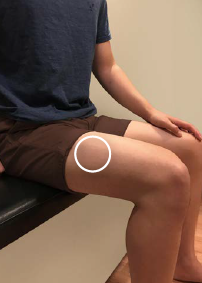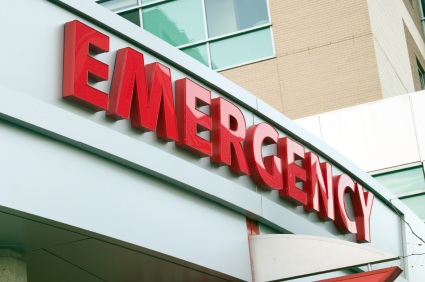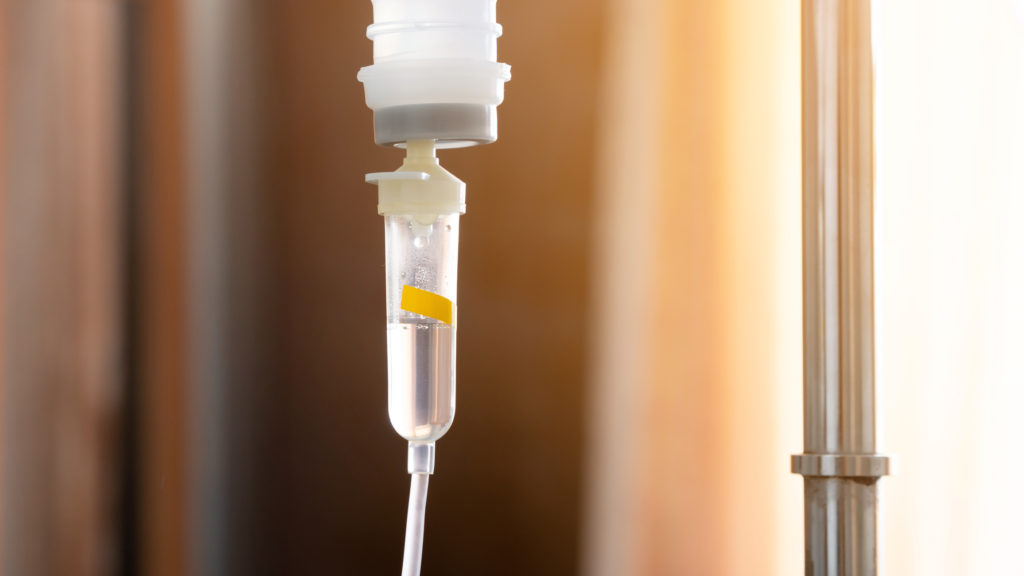
Ask the allergist is a regular feature where Dr. Julia Upton answers your questions!
Dr. Julia Upton is a Canadian allergist who is on staff at Toronto’s SickKids Hospital in the Immunology and Allergy Department. She is an Associate Professor in the Department of Paediatrics at the University of Toronto and is the past Section Chair of Food Allergy and Anaphylaxis with the CSACI. Dr. Upton is also a member of our Healthcare Advisory Board.
Please note: Dr. Upton is answering as an individual allergist and her answers do not constitute an official position of her affiliated organizations. Her responses are for informational purposes only and do not constitute specific medical advice, recommendations, diagnosis, or treatment. Please talk to your doctor about any concerns or questions you may have regarding your own health or the health of your child.
This month she answers your questions about epinephrine and treating anaphylactic reactions.
If I need to give a second dose of epinephrine, should I administer it to the same thigh or the other thigh?

Thanks, this is a great question. For the second dose, some suggest using the other thigh to maximize the absorption of the epinephrine and to minimize pain that might be felt at the initial injection site.
There is no definitive instruction either way and I advise whichever is easier for the individual experiencing anaphylaxis, their caregiver or the person providing assistance. If it’s the same thigh, it may be preferred to administer the second dose slightly higher or lower on the thigh than the initial dose. However, it is not known if this actually makes a difference as to how quickly the epinephrine works. It is most important to give the second dose if it is needed.
(Find out how to administer epinephrine, visit our treating reactions page)
Which medications might be given in hospital for treating food-related anaphylaxis?

The first-line medication for treating anaphylaxis is epinephrine which is given ‘intramuscularly’ or into the muscle of the mid-outer thigh. It may be administered or repeated in the emergency department. It is the priority medication and helps to reverse the symptoms of an anaphylactic reaction.
Other management may include inserting an intravenous (IV) line to give fluids and/or an inhaled medication such as salbutamol to help with breathing. Anti-histamines may be given to help with itch and hives, but are not a replacement for epinephrine or IV fluids or inhalers.

Steroid medications are sometimes given to try to reduce the chances of the reaction coming back, otherwise known as a second or biphasic reaction. It is not clear that steroids can actually help to reduce biphasic reactions and can have side effects so giving steroids for anaphylaxis is not routine.
In severe cases of anaphylaxis, epinephrine might be given intravenously by experienced physicians.
Read about using an epinephrine auto-injector, calling 911 and going to the emergency department during COVID-19.
Dr. Julia Upton has answered your questions on many food allergy-related topics.
Check out the past questions in our Ask the allergist section.
Do you have a question you’d like to ask Dr. Upton in the months to come? If so, please send it along to us at info@foodallergycanada.ca. Please note: Dr. Upton answers questions on general topics, please talk to your doctor if you have questions about your own health or the health of your child.
Tags: ask the allergist, Epinephrine